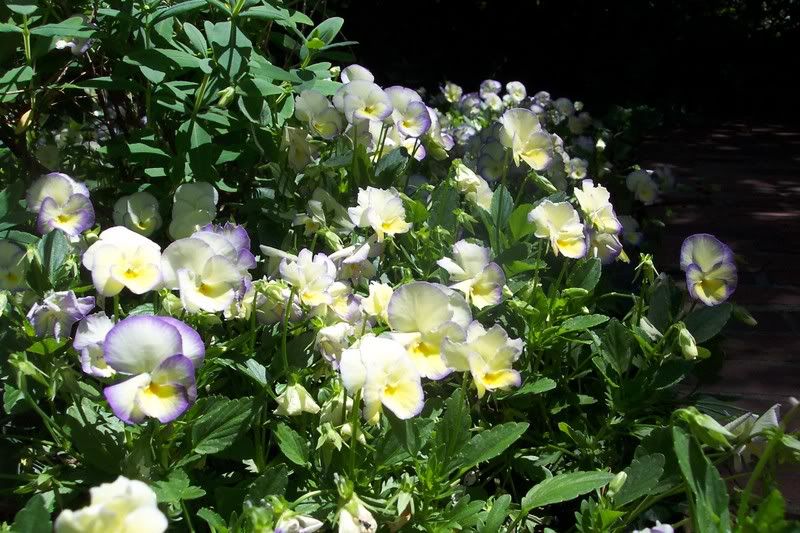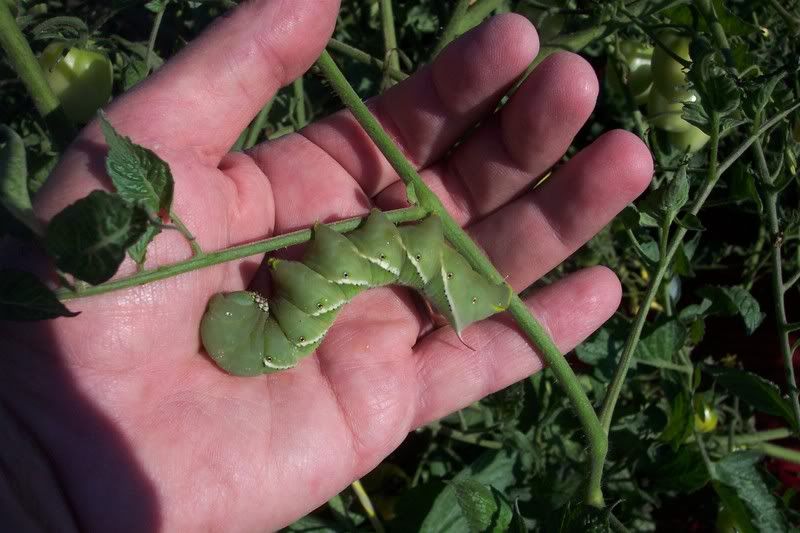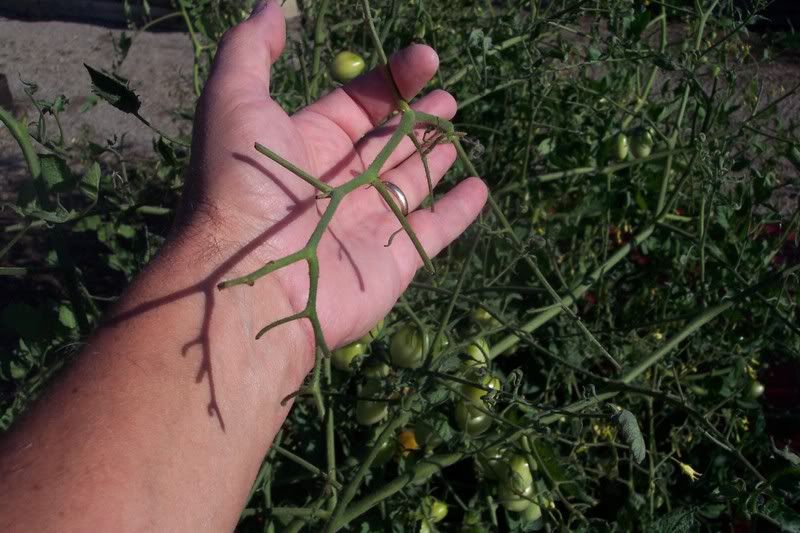One of the things I hope to accomplish with this blog is to provide you with at least a little bit of gardening inspiration.
I believe one way to do that is by posting photos of my garden and others.
This is a photo I took last week of the perennial garden.

In the foreground you see the rock retaining wall covered with Virginia Creeper. Behind that is an area covered with Periwinkle. These two ground covers fill in the space between the flowering plants eliminating the need for mulch. Watch out for Virginia Creeper though, it has a tendency to get out of hand, climbing all over everything in the garden.
The tall blue flowers are Russian Sage, a semi-woody perennial that adds some vertical interest to the garden.
Next are the white Shasta Daisies. At one time these were Martha Stewart’s favorite flower. There are some near the back too.
Yellow Prairie Cone Flowers have a dominant role in this garden. They add a lot of long lasting color. The Cone Flowers were planted years ago by a landscaper long before I arrived on the scene. They did so well here that I decided to divide them and distribute them throughout the garden, the result of which you see here now.
A long row of bright yellow Day Lilies can be seen towards the top of the photo.
It’s a little hard to make out, but if you look close there are a few Globe Thistle plants off to the left.
In the upper right corner are a few ‘Purple Queen’ Cleome. These are annuals I planted to add more color and texture.
Finally, we have Echinacea, the Purple Cone Flower you see growing in drifts. In the fall, small song birds love to eat the seeds of the Echinacea.
There are other plants hidden away all throughout the garden and we have discussed some of those in previous posts.
The garden view you see here is what a guest sees from his car when travelling up the driveway. To see the other hidden gems he would have to get out of the car and walk through the garden paths.
Bob




 When you see this, the Horn Worms are close by. Usually, they feed toward the top of the plant, but not always.
When you see this, the Horn Worms are close by. Usually, they feed toward the top of the plant, but not always.
